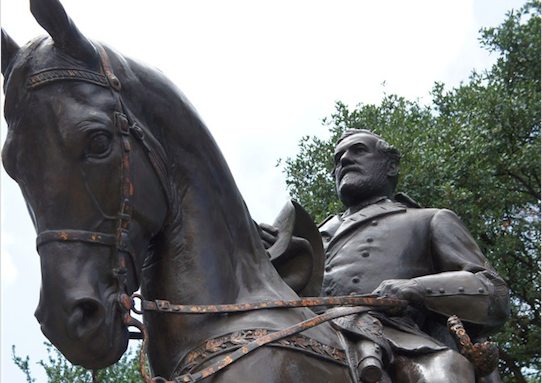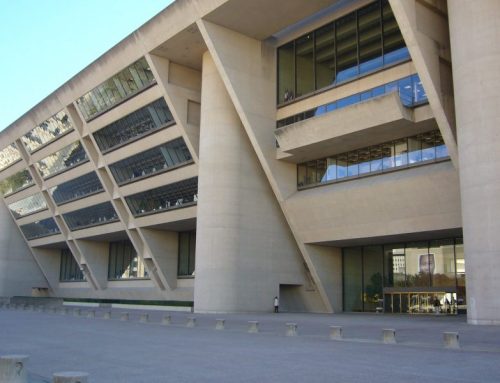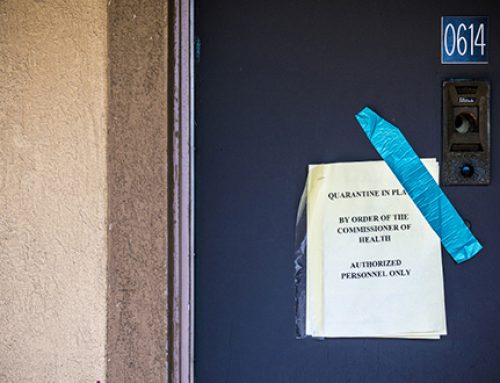
Photo courtesy of Scott Dorn
Dallas has a schizophrenic relationship with the Robert E. Lee statue in Oak Lawn. Like a couple going through a divorce, heartbreak, broken promises, and legal paperwork have marred the past few months between the two.
First, City Council members wanted to put a vote about the Confederate monuments on the agenda, but then South Dallas’ Casey Thomas, who is black, mysteriously removed his name from the request, like when that one friend removes his name from the group text, and it didn’t have enough signatories to get on the agenda. Eventually, West Dallas council member Omar Narvaez added his name, getting the item on the agenda.
Next, amidst a massive rally in support of removing the Confederate monuments, Mayor Rawlings, like “The Office’s” Angela and her party planning committee, appointed a task force to decide what to do with the statues, which meant that their removal could be delayed for months.
This week, after numerous speakers made their case at City Hall, the council voted 13 to 1 to remove the statue. Ricky Callahan in Pleasant Grove did not vote, and Sandy Greyson in Far North Dallas voted against their removal. Greyson said her constituents wanted to keep the statue, and Callahan said he wanted the removal to go to a public vote, and did not vote in protest. After the nearly unanimous vote, there were cranes and a media frenzy around the statues within hours, ready for them to come down.
In a cinematic twist of faith, the removal was about 30 minutes away from being completed when U.S. District Judge Sydney Fitzwater awarded a temporary restraining order against the statue’s impending doom.
The lawyer who submitted the brief for the restraining order, Hiram Patterson, works at Texas A&M and is a member of the Sons of Confederate Veterans, but the paperwork was prepared by a man named Kirk Lyons, a lawyer who is considered a white supremacist by the Southern Poverty Law Center. Lyons married the daughter of the second in command of the neo-Nazi organization, Aryan Nation (AN), and Richard Butler, an AN preacher, presided over his wedding. Lyons’ best man was Louis Beam, a former Ku Klux Klan leader who was an ambassador for AN. That’s about all you really need to know about him.
The federal complaint said that the council made an illegal vote and violated the First Amendment. “We’ve gone well beyond this hysteria about Confederate monuments. We’re the speed bump. If the American people don’t stand up to this night of the long knives on monuments, it won’t stop with Robert E. Lee,” Lyons said. The Night of Long Knives was a period in 1934 when the Nazi government executed German officials to consolidate Hitler’s power, so that is a telling reference.
The statue removal might have happened anyways, but just as a storyteller creates obstacles for his hero, Dallas wanted to further complicate the matter. The first crane was too short, and statue was unable to be easily cut from the base, and the delays allowed the injunction to halt its removal, at least temporarily.
Lawyers will argue today in Fitzwater’s court, which will determine if the city will move ahead with the removal or if the delay will continue.







Leave A Comment